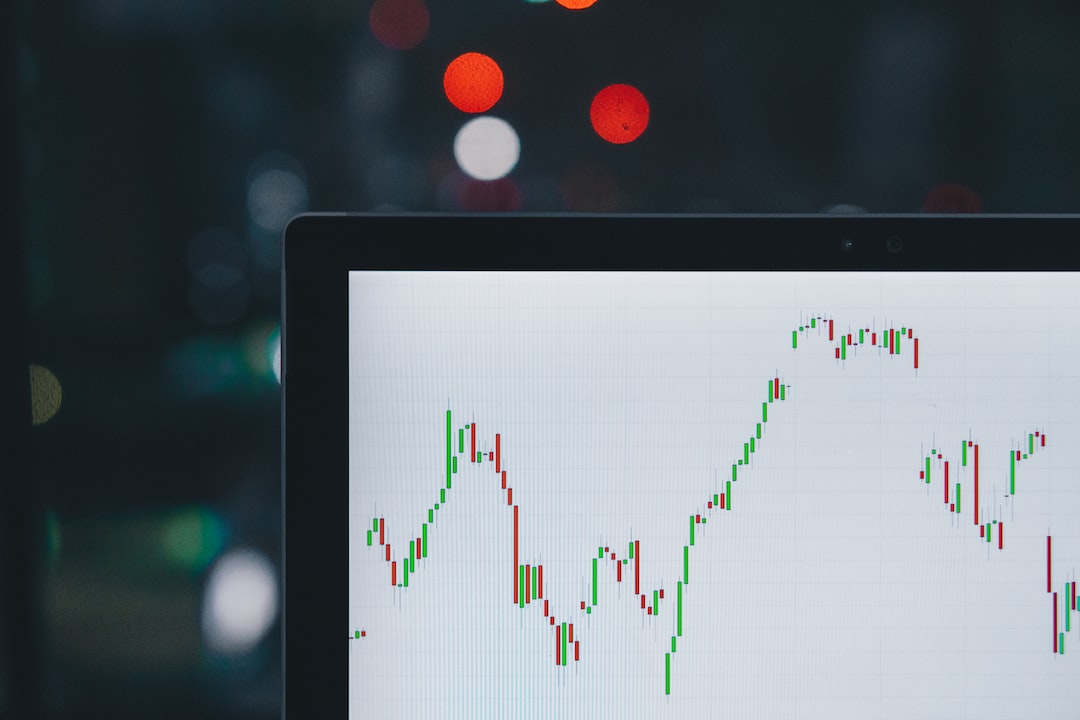Forex trading is a highly rewarding activity that can earn you significant profits if done correctly. However, like any other investment, it involves a level of risk, and traders must have a good understanding of the market to succeed. One of the techniques that traders use to maximize their profits is trading gaps. Gaps occur when there is a difference between the closing price of the previous day and the opening price of the next day. This article will explain how to trade gaps in forex.
Understanding gaps
Before we dive into how to trade gaps, it is essential to understand the different types of gaps. There are three types of gaps:
1. Common gap
A common gap is a gap that occurs frequently in the market and is not generally significant. It often occurs in sideways market conditions and is not indicative of a trend reversal.
2. Breakaway gap
A breakaway gap occurs when there is a sudden increase or decrease in price, and it is often an indication of a trend reversal. This type of gap is significant and needs to be approached with caution.
3. Exhaustion gap
An exhaustion gap occurs when there is a sudden increase or decrease in price, and it indicates that the trend is coming to an end. Traders often use this type of gap to exit their positions.
How to trade gaps in forex
1. Identify the gap
The first step in trading gaps is identifying them. Look for gaps in the market by analyzing price charts and identifying sudden increases or decreases in price. It is essential to take note of the size of the gap, as this will determine the potential profit or loss that can be made.
2. Determine the type of gap
Once you have identified the gap, determine the type of gap it is. This will help you decide whether to enter a trade or not. As mentioned earlier, breakaway gaps are significant and indicate a trend reversal, while exhaustion gaps indicate the end of a trend.
3. Determine the direction of the trade
Once you have identified the gap and determined its type, you need to decide the direction of your trade. If the gap is a breakaway gap, you should enter a trade in the direction of the gap. For example, if the gap is a bullish breakaway gap, you should enter a long position. On the other hand, if the gap is an exhaustion gap, you should exit your position or enter a trade in the opposite direction of the gap.
4. Set stop loss
Setting a stop loss is essential when trading gaps. Gaps can be unpredictable, and the market can move against your position. Setting a stop loss will limit your losses and protect your trading capital.
5. Take profit
Finally, take profits when the market reaches your target level. It is important to have a target level in mind before entering a trade. This will help you exit the trade at the right time and maximize your profits.
Conclusion
Trading gaps in forex can be a profitable strategy if done correctly. It is essential to identify the type of gap and determine the direction of your trade. Setting a stop loss is important when trading gaps, as they can be unpredictable. Finally, take profits when the market reaches your target level. With proper analysis and risk management, trading gaps can be a valuable addition to your trading strategy.





